Straight from Atom Central
❮
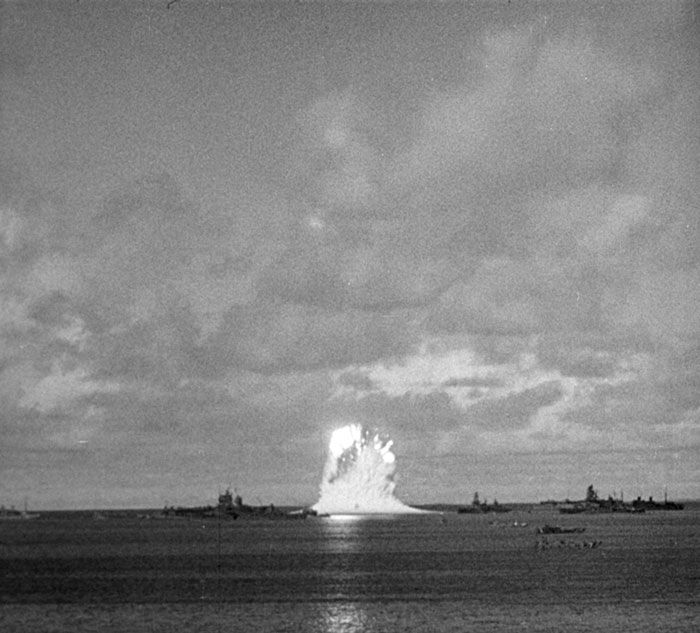

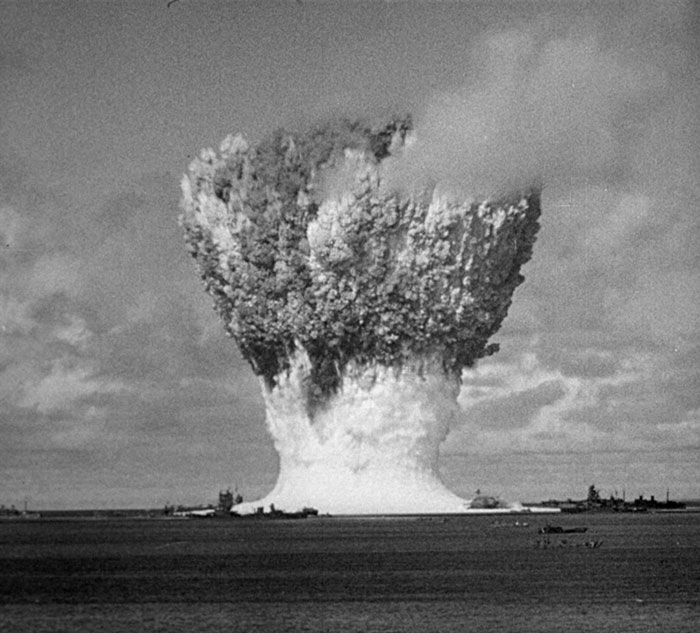
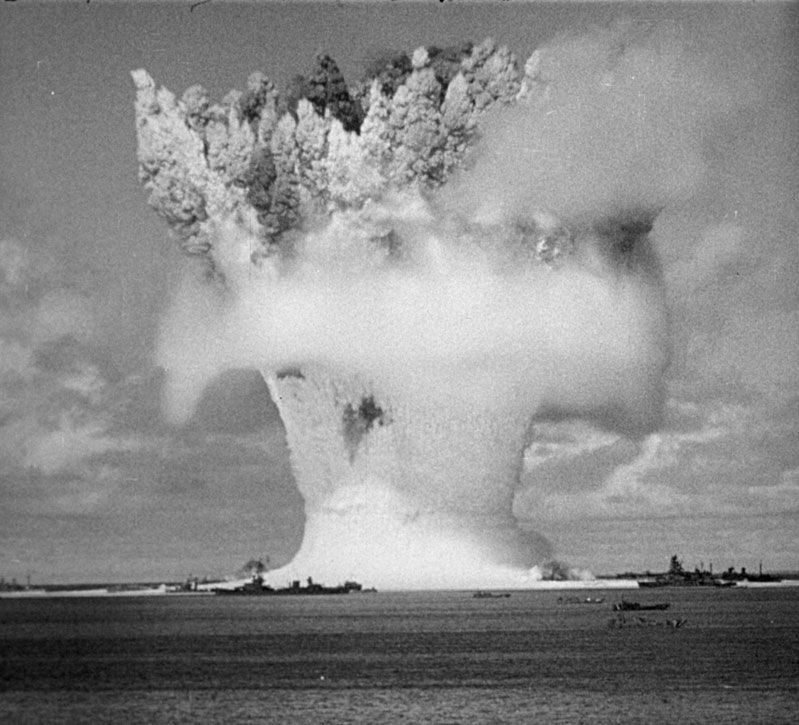
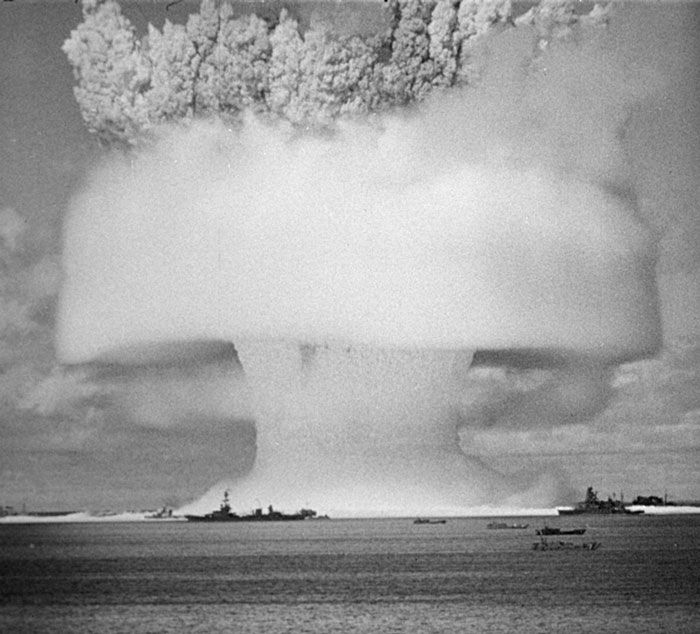
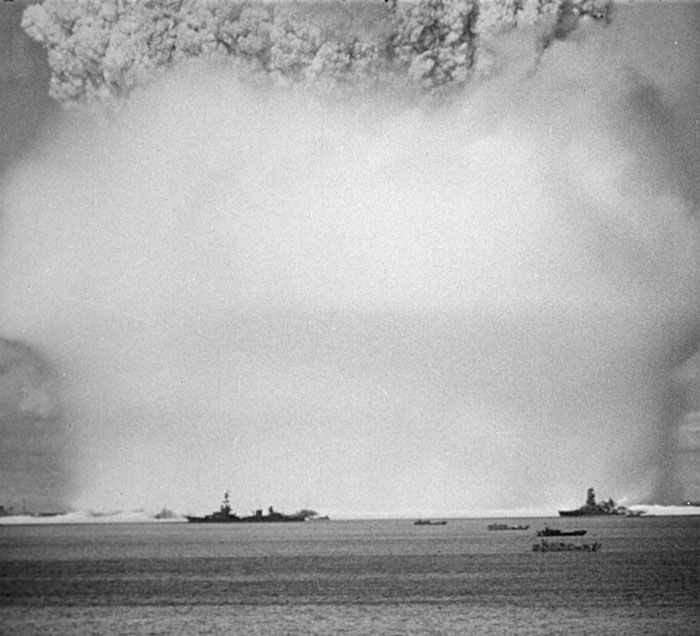
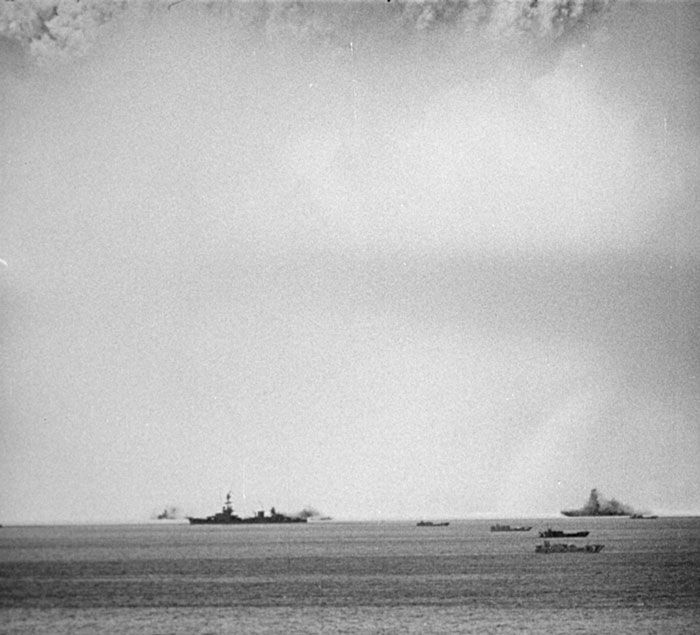
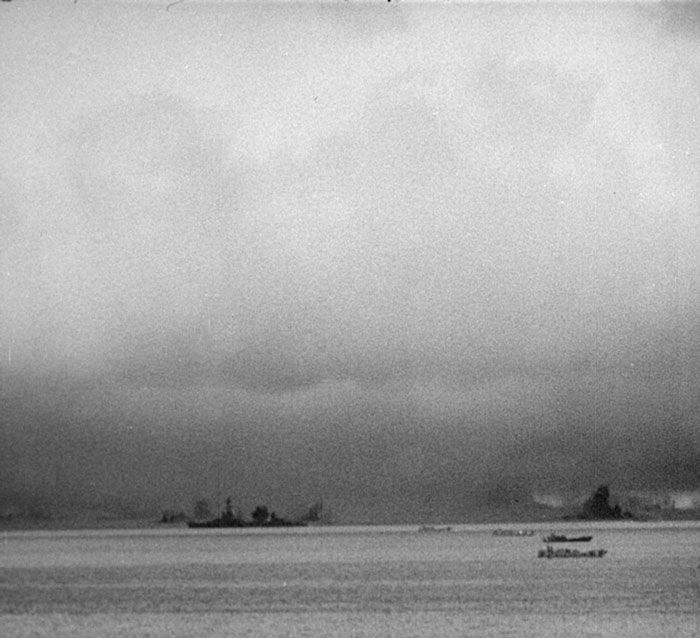
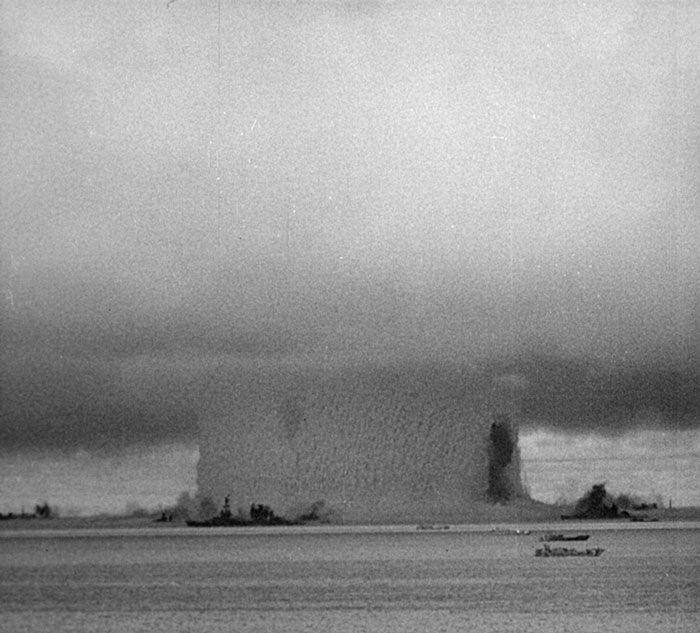
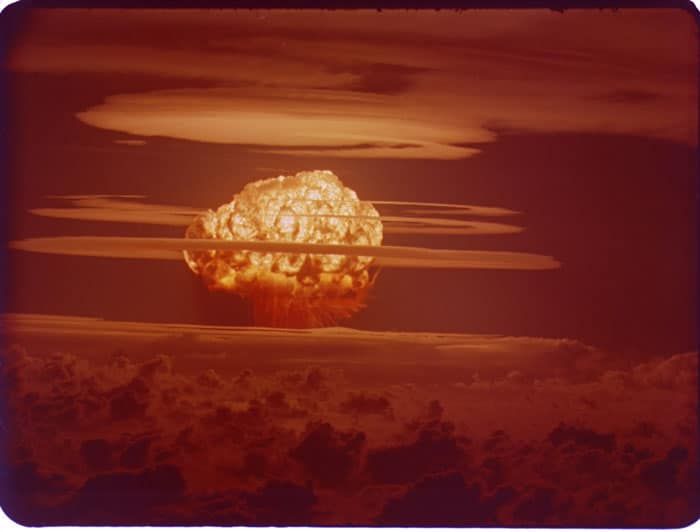
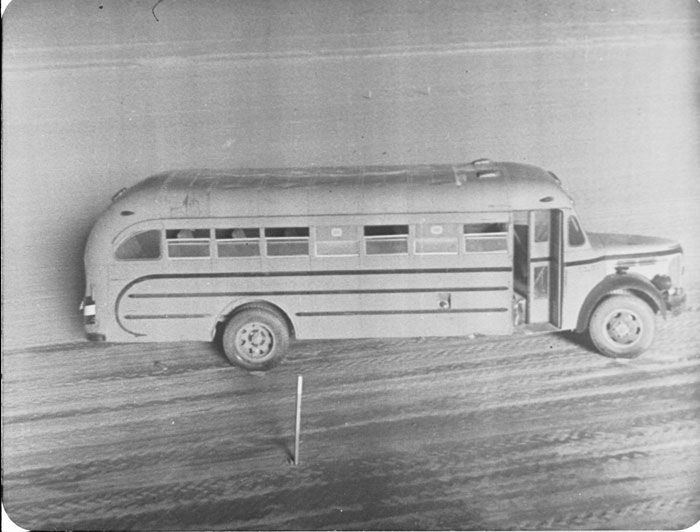
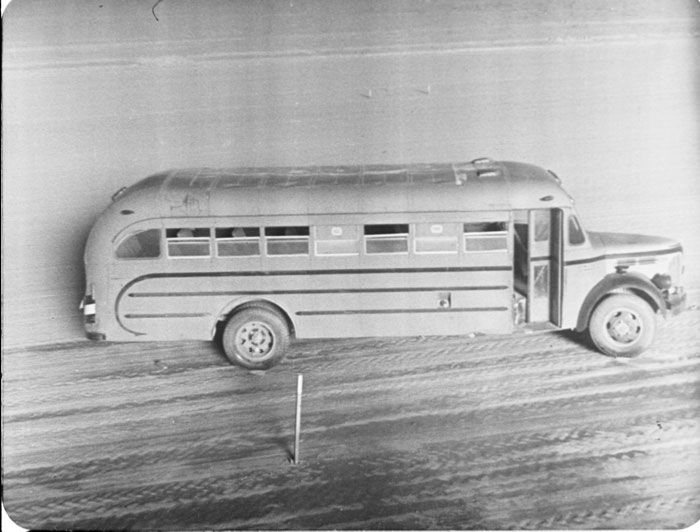
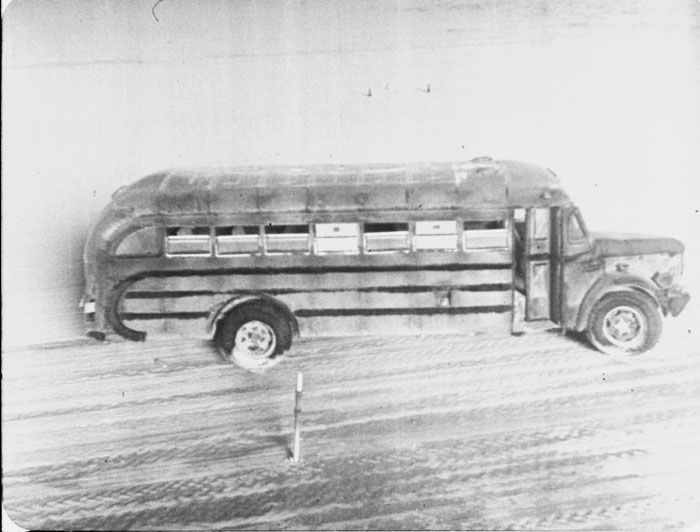



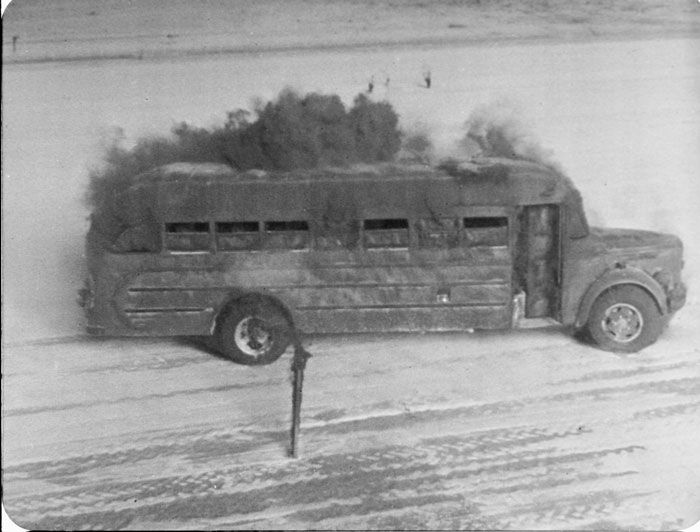
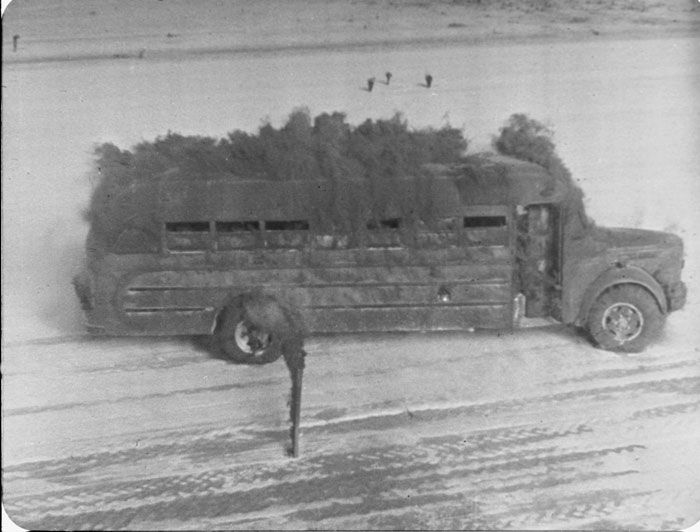
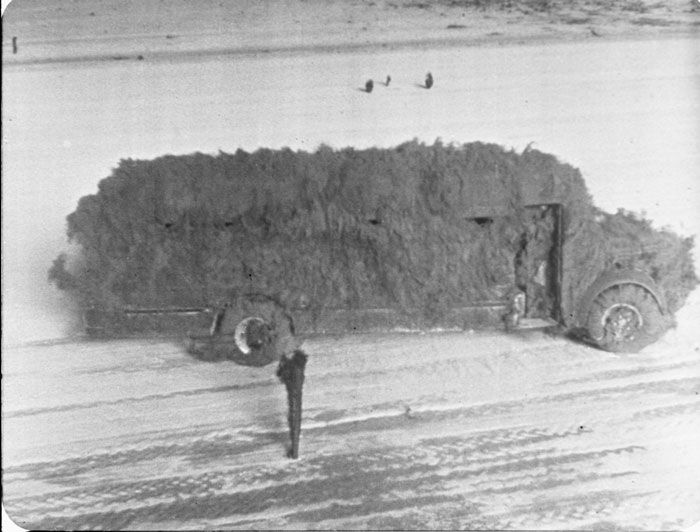
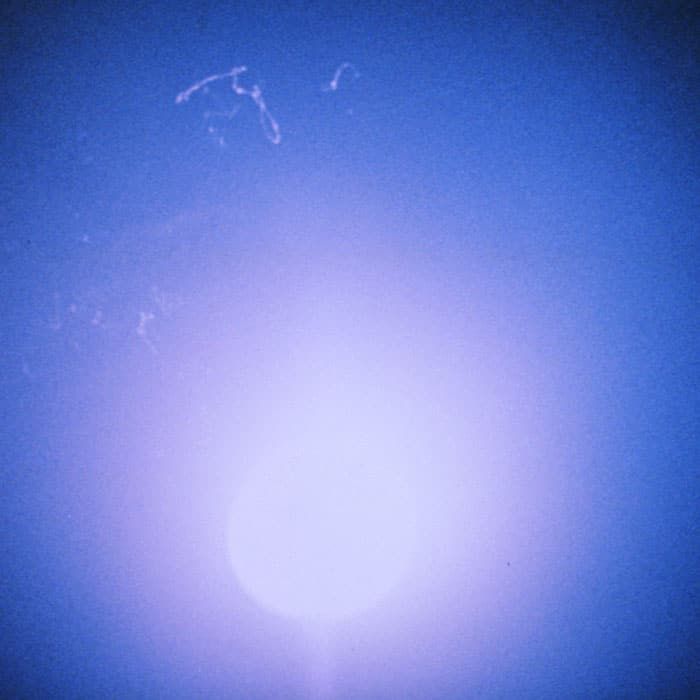

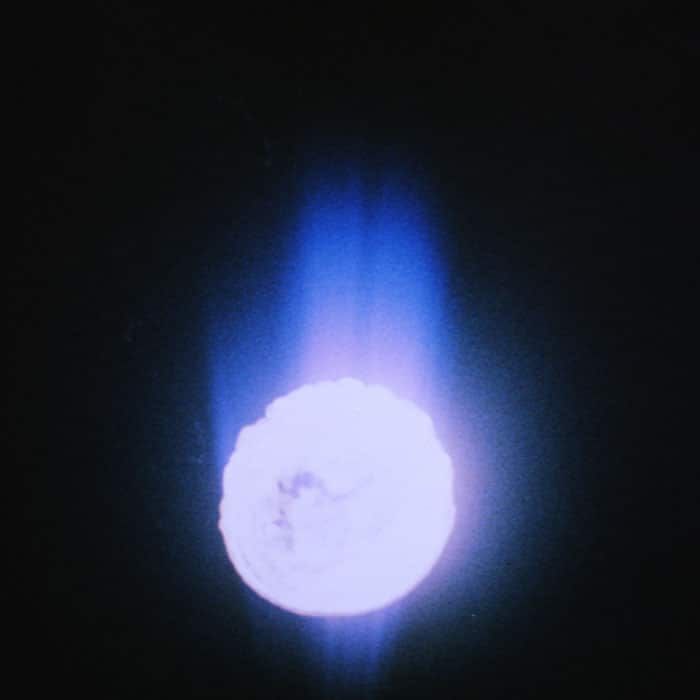
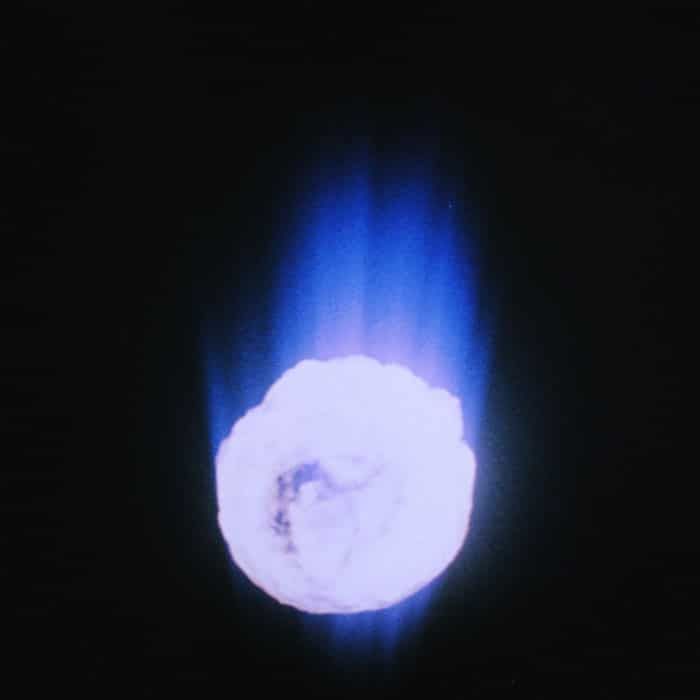

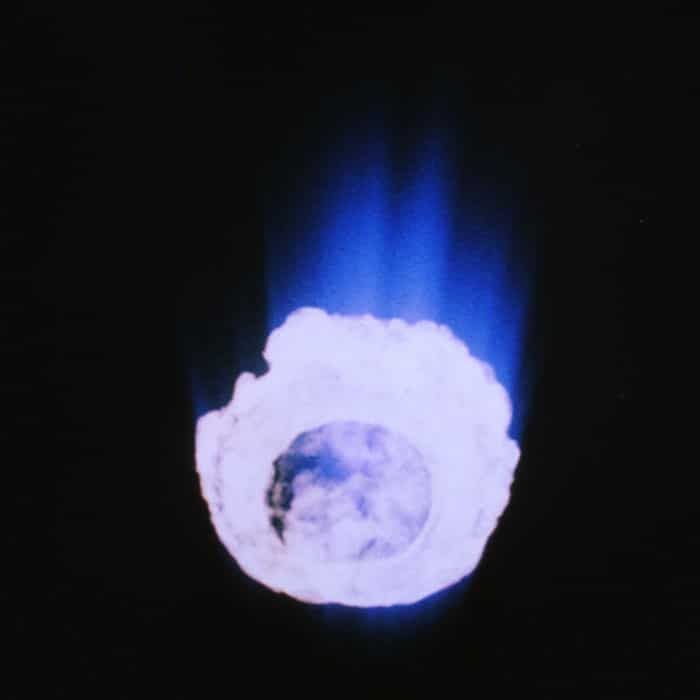
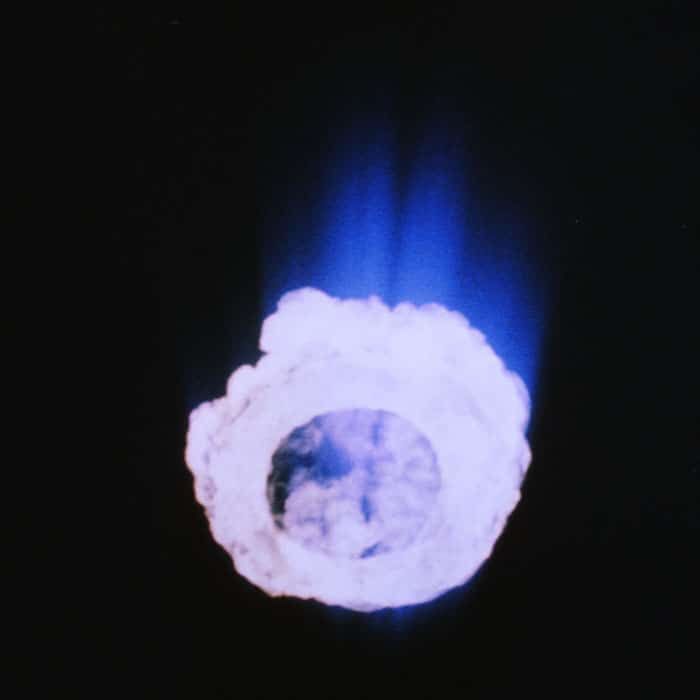


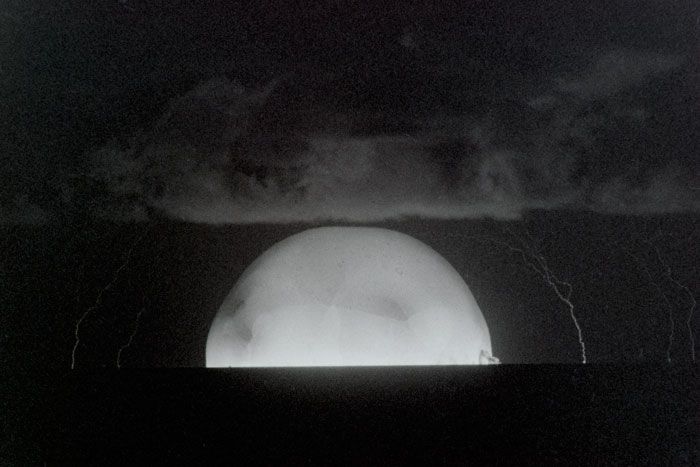
 ❯
❯
1 / 30

Atom Central, known on YouTube as “the atomic bomb channel,” is the brainchild of Peter Kuran, an expert on archival films of the atmospheric testing era of 1945 to 1963. Kuran had a successful career creating photographic and visual effects for the movie business, beginning with his work as an animator on the original Star Wars. Combining his film restoration and photography expertise with his interest in nuclear history, he has also produced and directed five documentaries, including his 1996 film, Trinity and Beyond. Above: A series of photos of Baker, a 21-kiloton atomic bomb test conducted a few miles from Bikini Island on July 25, 1946. It was part of Operation Crossroads, the first tests done after the bombing of Japan. The bomb was suspended 90 feet below a boat surrounded by a fleet of target ships and submarines—unmanned but populated with sheared sheep and other animals. Photo source: Defense Threat Reduction Information Analysis Center
2 / 30

3 / 30

4 / 30

5 / 30

6 / 30

7 / 30

8 / 30

9 / 30

10 / 30

Photos of bomb tests conducted in the Pacific rarely convey the tremendous size of these detonations, because they are photographed from a great distance with no human-scale objects in view for comparison. Castle Bravo, shown here, was the largest nuclear test conducted by the United States, and it required heavy camera shielding. Detonated on March 1, 1954, Castle Bravo had a yield of 15 megatons and a fireball several miles wide. Source: Defense Threat Reduction Information Analysis Center
11 / 30

Shot at the Nevada Test Site, this series shows the effects of intense heat, which can reach 10 million degrees in a nuclear detonation, on the combustible components of a school bus. Smoke and dust were problematic for photographing atomic bomb tests. The camera towers and cameras were left unpainted for this test, and the tower’s guy wires were wrapped in aluminum foil. Source: Defense Threat Reduction Information Analysis Center
12 / 30

13 / 30

14 / 30

15 / 30

16 / 30

17 / 30

18 / 30

19 / 30

20 / 30

Few people realize or remember that the United States detonated at least eight nuclear weapons more than 25 miles above Earth, including two that were at least 300 miles high. These frames of Checkmate—, test launched from Johnston Island as part of Operation Fishbowl—show a nuclear aurora created when beta particles emitted by radioactive bomb debris react with atoms and molecules in the upper atmosphere more than 50 miles high. Source: Defense Threat Reduction Information Analysis Center
21 / 30

22 / 30

23 / 30

24 / 30

25 / 30

26 / 30

27 / 30

28 / 30

The United States used a variety of methods for atmospheric bomb tests: airbursts, airdrops, balloons, barges, rockets, towers, and surface firings. Operation Upshot-Knothole, a series of 11 tests in Nevada during 1953, included the Grable airburst—created by firing a nuclear shell from a howitzer with a 280-millimeter bore. Though short-lived, the M65 “atomic cannon” captivated the attention of many. Source: Defense Threat Reduction Information Analysis Center
29 / 30

An expert such as producer/director Peter Kuran, who has examined thousands of images of bomb tests, can easily spot interesting details such as the upside-down lightning—a result of the electromagnetic pulse created by the weapon’s burst—in this frame of Ivy Mike, the first test of a full-scale hydrogen bomb. Detonated on Enewetak Atoll on November 1, 1952, the “bomb” was a building weighing more than 60 tons rather than a practical weapon, but its multi-megaton yield—almost 700 times as destructive as the bomb dropped on Hiroshima—demonstrated the explosive power of a thermonuclear weapon. Source: Los Alamos National Laboratory/Lawrence Livermore National Laboratory
30 / 30

No two atomic bomb tests look exactly alike to the trained eye. This image of Priscilla, one of the Operation Plumbbob tests conducted at the Nevada Test Site in 1957, looks very similar to the lower-yield Grable test. The bright streak and “smoke ring” visible in both tests are created by the bomb’s shock wave, which reflects off the ground and passes through the rising fireball. Hundreds of pigs, some wearing suits, were irradiated by Priscilla to test radiation-protective materials and the effects of flying debris. Naming conventions for bomb tests included women, Native American tribes, mountains, and famous scientists. Source: Defense Threat Reduction Information Analysis Center
John Mecklin | October 22, 2014
A few of the images that Peter Kuran has brought to his website, which provides an enormous archive nuclear bomb test photos and film footage.